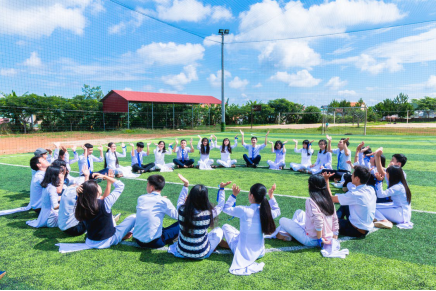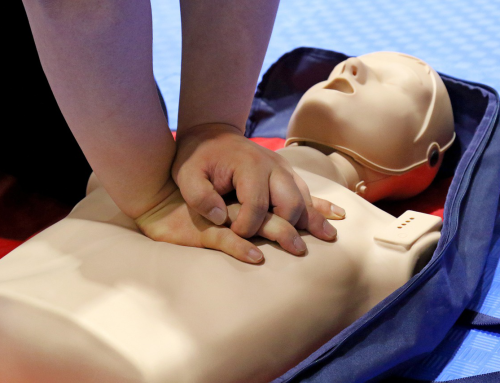School administration entails a lot of responsibilities, beyond just providing quality education. One of these responsibilities is to make sure that students remain safe throughout their time on the school premises.
The day-to-day student hustle can even result in medical emergencies—both minor and major. So whether a child is studying in a classroom or working out in gym class, school administration needs to be vigilant!
The most effective way to go about this is to make first aid training courses mandatory for teachers and support staff alike. Here’s why:
Saving Kids Who Are Drowning
If your school has a swimming pool facility for children, but they’re left unattended as they swim, you need to rethink your role as an administrator.
Beginners struggle while swimming, especially if the water is too deep for them. Back in 2017, 290 people lost their lives due to unintentional drowning. Out of this number, 14% were children between the ages of 1 and 4, who drowned because they fell into swimming pools.
The best way to deal with situations like these is to notify a lifeguard immediately. But before they even arrive, support staff needs to equipped to help the child in some way.
The first step is to take the child out of the water and asses if they’re still breathing. You can also check their pulse if you can’t establish it otherwise. If there’s no pulse, CPR may help.
To learn CPR, you need to sign up for professional CPR training courses that are nationally accredited.
Food allergies
Over 2.6 million Canadians deal with food allergies. 500,000 of this number are school-going children.
A sudden allergic reaction is known as Anaphylaxis. It escalates rapidly and can result in death, if not taken dealt with in a timely manner. Common symptoms include nasal congestion, chest tightness, shortness of breath, and fever-like symptoms. Other than that, the child may also feel anxious and experience headaches and uterine cramps.
The school administration should not only be aware of their students’ special health considerations, but also be equipped to deal with them. Common treatments include giving them epinephrine until they’re taken to the hospital.
If the support staff is well-versed in the basics of first aid, they might be able to help the child manage their symptoms till proper medical treatment is sought.
Wound care
If your school is big on physical training and exercising—minor injuries are probably not a foreign concept. Common school and daycare injuries include fractures, sprains, strains, accidental strangulation, dislocated joints, and internal injuries.
While wounds are easy to take care of, cases of internal bleeding are trickier. An occupational first aid course will not help you help the support staff recognize signs of internal bleedings, but will train them accordingly.
The course also involves going about wound care, bandaging, the use of OTC first aid creams and gels, and helping the child stay calm and safe from further injuries.
You’re one step away from signing up your school staff for an emergency first aid course. Metro Safety Training offers Red Cross certification cards that are valid for three years. Hit us up if you’re based in British Columbia.





